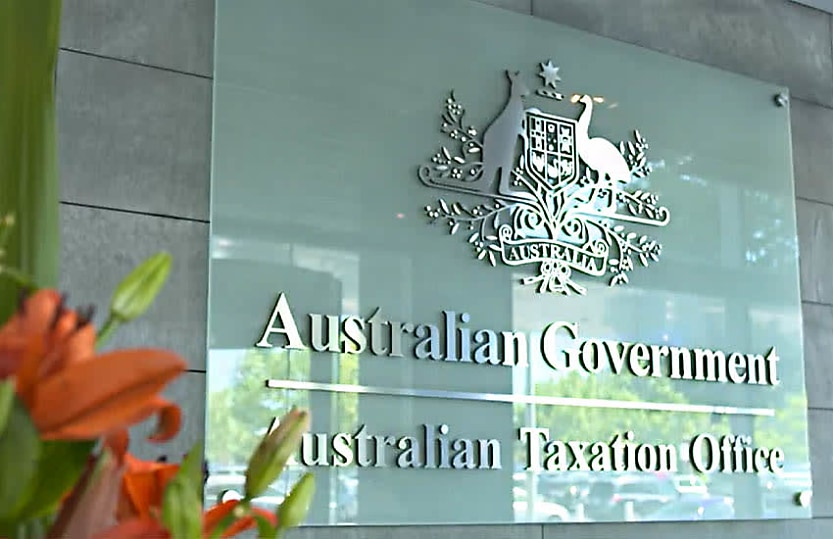BDO urges firms to prepare for ATO transfer pricing crackdown

The ATO has made sweeping changes to short form local file (SFLF) reporting obligations, effective for income years starting on or after 1 January 2024.
BDO says the elimination of the automatic SFLF exemption for entities without cross-border exemptions would expand the scope of compliance and impact a wider range of Australian taxpayers.
The integration of SFLF reporting into Local File Parts A and B under the new LCMSF Schema Version 4.0 would significantly increase the depth and complexity of the information required, the firm added.
“While the intent behind these changes is to enhance transparency and consistency, the new requirements will create a substantial compliance burden—particularly for groups with offshore operations or recent restructures,” Zara Ritchie, BDO national leader of transfer pricing, said.
“The level of detail expected around business restructures, intangible assets, and management reporting lines will require early engagement, extensive documentation, and close coordination with offshore personnel.”
The ATO has tightened transfer pricing rules in a bid to crack down on profit-shifting behaviour among firms operating in Australia. This came after its annual Corporate Tax Transparency report showed that almost 1 in 3 large companies operating in Australia did not pay any tax in 2022–23, almost half of which avoided paying taxes by incurring an accounting loss.
The updates have aimed to address the Tax Office’s long-standing concerns regarding the SFLF’s ability to detect high-risk tax structures and corporate profit-shifting arrangements, BDO said.
BDO anticipated that the first lodgment under the new SFLF guidance would be resource-intensive for firms, and urged companies to ensure they understood the new requirements well in advance to avoid surprises during ATO reviews.
The updated guidance outlined detailed disclosure obligations around significant restructures, particularly regarding intangible assets. It also has required taxpayers to justify materiality and assess associated Australian tax risks.
“The reporting format now mandates granular information on organisational structure, key competitors, and strategic business lines—along with step-by-step descriptions of any restructures or transfers of intangibles,” Ritchie said.
“MNEs with a 31 December year end should already be engaging with overseas parties to ensure ready compliance with these new requirements.”






